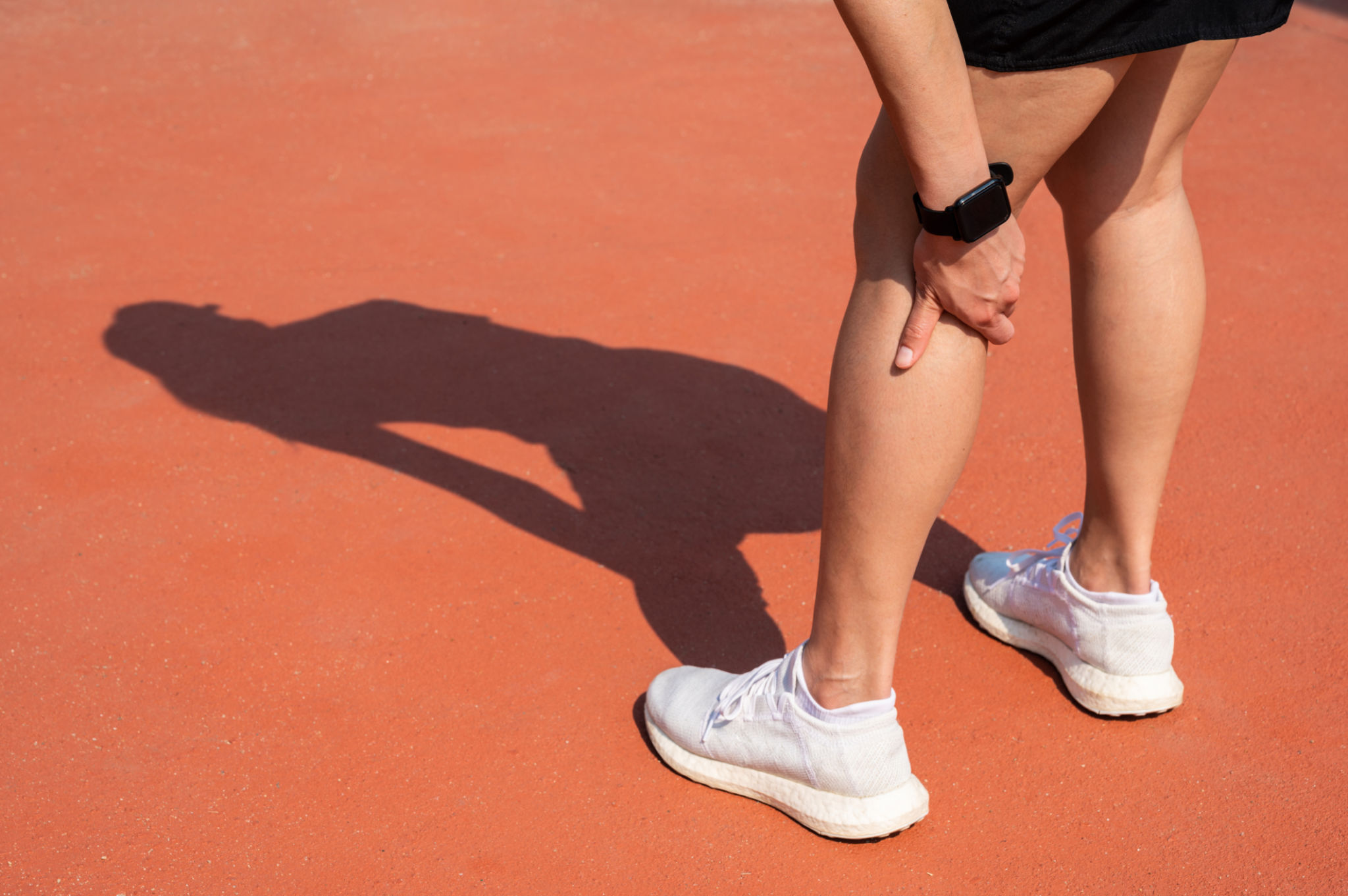Why You Probably Need More Protein
|| Category: Nutrition & Supplementation ||
While other macronutrients are also as important, one stands out above the rest for its critical role in building muscle, repairing tissues, and supporting countless metabolic processes: protein. In this post, we’ll explore why you might need to increase your protein intake, how it benefits your body, and practical tips to incorporate more high-quality protein into your daily meals.
1. Protein’s Essential Roles
- Muscle Repair & Growth: Every time you strength-train or engage in high-intensity exercise, tiny tears occur in muscle fibers. Protein provides the amino acids necessary to rebuild and strengthen these fibers, leading to muscle growth and improved performance.
- Hormone & Enzyme Production: Many hormones (like insulin and growth hormone) and enzymes are protein-based molecules. Adequate protein ensures your body can synthesize these regulators for optimal metabolism and recovery.
- Immune Function: Antibodies are proteins that defend against pathogens. Higher protein intake supports a robust immune system, helping you stay healthy through intense training phases or stressful periods.
2. Signs You May Need More Protein
1. Persistent Muscle Soreness & Slow Recovery: If your muscles feel unusually sore or take days to bounce back, upping protein can accelerate repair.
2. Loss of Strength or Muscle Mass: Unintended strength declines or muscle wasting, especially during calorie deficits, indicate insufficient protein to preserve lean tissue.
3. Frequent Illness or Delayed Healing: Struggling with colds, infections, or slow wound healing may point to compromised immune support from low protein intake.
4. Increased Cravings & Unstable Energy: Protein helps stabilize blood sugar. If you experience energy crashes or relentless snack cravings, more protein could smooth out your fuel levels.

3. How Much Protein Is Enough?
General Health: 0.8–1.0 g per kg of body weight per day.
Active Lifestyles: 1.2–1.6 g/kg per day to support training load and recovery.
Strength & Muscle Building: 1.6–2.2 g/kg per day for those focused on hypertrophy or intense athletic performance.
Example: A 70 kg individual aiming for muscle growth might target 112–154 g of protein daily (1.6–2.2 g/kg × 70 kg).
4. Top Protein Sources
| Source | Protein (per 100 g) | Notes |
| ----------------------- | ------------------- | ----------------------------- ----|
| Chicken breast | 31 g | Lean, versatile |
| Salmon | 25 g | Rich in omega‑3s |
| Greek yogurt | 10 g per 100 g | Contains probiotics |
| Cottage cheese | 11 g per 100 g | Slow‑releasing casein protein |
| Eggs | 6 g per large egg | Complete amino acid profile |
| Lentils (cooked) | 9 g | High in fiber |
| Tofu | 8 g | Plant‑based, versatile |
| Protein powder | 20–25 g per scoop | Rapid absorption post-workout |
5. Practical Tips to Boost Protein Intake
Start Your Day Strong: Add Greek yogurt, cottage cheese or eggs to breakfast.
Smart Snacking: Keep high‑protein snacks on hand—jerky, nuts, cheese sticks, or protein shakes—to bridge meals.
Portion Size: A quick tip is that your plate should be 1/2 veggies , 1/4 protein and 1/4 carbs for energy optimisation. You can tweek these proportions for finetuning your goals.
Blend It In: Incorporate protein powders into smoothies, oatmeal, or even pancake batter for a boost.
Mix Plant & Animal Proteins: Combine both sources to ensure a complete amino acid profile in plant‑based meals (ex. chicken and quinoa).

6. Timing & Distribution
Even Distribution: Aim for 20–30 g of protein every 3–4 hours to maximize muscle protein synthesis throughout the day.
Post-Workout Window: Consume 20–40 g of low fat protein within 1 hour after training to jump‑start recovery.
Final Thoughts
Protein is the cornerstone of strength, recovery, and overall health—especially if you’re active, recovering from injury, or aiming to improve body composition. By assessing your current intake, choosing high‑quality sources, and spreading protein evenly across meals, you’ll support your training goals, protect your muscles and joints, and enjoy more stable energy and immune resilience.
If you have specific health concerns or want a personalized nutrition plan, reach out for a consultation. We tailor dietary and movement strategies to help you thrive—inside and out.
Love,
Sam
Kewords: protein, macro nutrition, bioavailability, vegan protein, whey protein, amino acids, peptides, digestion
-----------------------------------------------------------------------------------
Articles
Jäger, R. et al. (2017). “International Society of Sports Nutrition Position Stand: protein and exercise.” Journal of the International Society of Sports Nutrition, 14:20.
Phillips, S. M. et al. (2016). “Dietary protein to support muscle hypertrophy.” Sports Medicine, 46(Suppl 1):S1–S10.
Campbell, W. W. & Leidy, H. J. (2007). “Dietary protein and resistance training effects on muscle and body composition in older persons.” Current Opinion in Clinical Nutrition & Metabolic Care, 10(1): 91–95.
Schoenfeld, B. J. & Aragon, A. A. (2018). “How much protein can the body use in a single meal for muscle-building? Implications for daily protein distribution.” Journal of the International Society of Sports Nutrition, 15:10.
Van Vliet, S., Burd, N. A. & van Loon, L. J. C. (2015). “The skeletal muscle anabolic response to plant- versus animal-based protein consumption.” Journal of Nutrition, 145(9):1981–1991.
Deutz, N. E. P. et al. (2014). “Protein intake and exercise for optimal muscle function with aging: recommendations from the ESPEN Expert Group.” Clinical Nutrition, 33(6):929–936.
